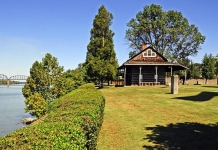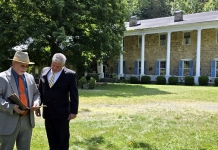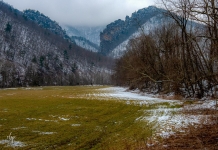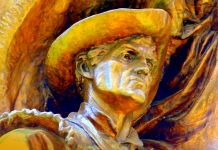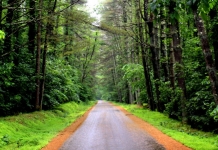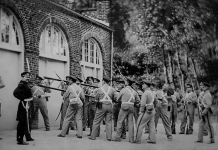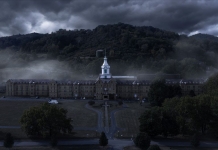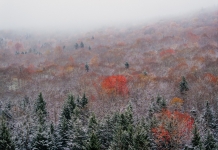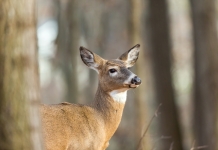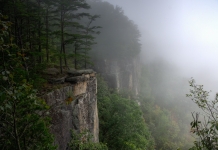West Virginia's wildlife-management program maintains diverse and high-quality habitats for a variety of wildlife and opportunities for hunters and anglers throughout the state. More than 1.4 million acres -- eight percent of the state's total land mass -- is managed by the West Virginia DNR as part of a vast network of public-access hunting and fishing areas (this does not include the more than three million acres of public-access federal lands in the state).
Officials not only work to improve habitat on these Wildlife Management Areas, or West Virginia WMAs, such as by planting or thinning of certain trees, planting shrubs for food and cover, maintenance of food plots and development of wetland areas, they also construct roads, parking areas, trails, public shooting ranges and infrastructure to make some areas handicap accessible. Over the next 10 years, the DNR plans to create nearly two dozen handicap accessible trails on its WMAs.
In 1915, the West Virginia legislature gave the Division of Natural Resources, then known as the Game and Fish Commission, the authority to purchase land to set aside as game refuges, where no hunting would be allowed. The division started buying land in the 1920s. These properties were set aside as game refuges, although when populations eventually needed culling, these areas could have been considered public-hunting areas. Most of these areas became state parks – including Kumbrabrow, Holly River and Watoga state parks, which were originally purchased in the 1920s as wildlife refuges.
For the next several decades, officials didn't see much of a need for true public-hunting areas. Private land was readily accessible for most and federal authorities started purchasing the first tracts of the Monongahelia National Forest as early as 1911.
By the 1980s, however, deer and turkey populations were re-established throughout the state and there wasn't much need for game refuges, but a new trend emerged that put the DNR back in the real-estate market.
Bob Miles, who retired as DNR wildlife-resources chief in 1994, noticed the trend that access for hunters and anglers was becoming more restrictive. He foresaw a day when only landowners would have access to hunting and fishing. There were, of course, millions of acres of federal public-hunting land in the national forests, but those were all in the eastern highlands and difficult for people in the most populous areas of the state.
Miles thought it vital to set aside property upon which any properly-licensed person could hunt or fish. To pay for it, he created the conservation stamp, which hunters are required to purchase in addition to their licenses.
His vision was that every citizen of West Virginia should have state-managed hunting and fishing access within a two hour drive of their home. The program has exceeded his wildest expectations, most residents have at least one WMA within a half hour drive. For instance, from my home in Putnam County, there are nine WMAs within a 40-minute drive of my home. One, Amherst-Plymouth (where my son shot his first squirrel) is only 10 minutes away.






